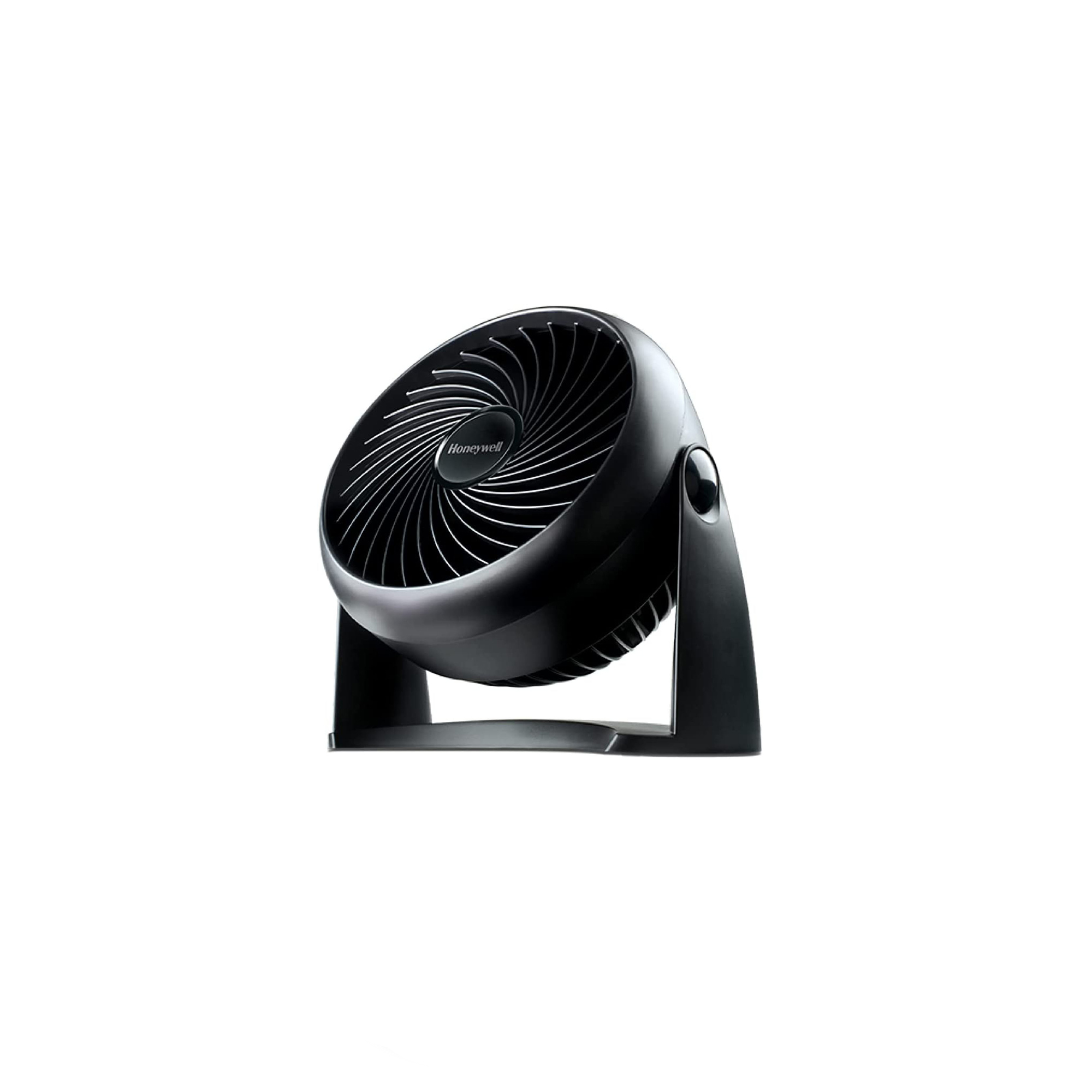Is it better to have a fan oscillating or still? Experts reveal which is the most effective for keeping cool at home
Make the best decision for beating the heat
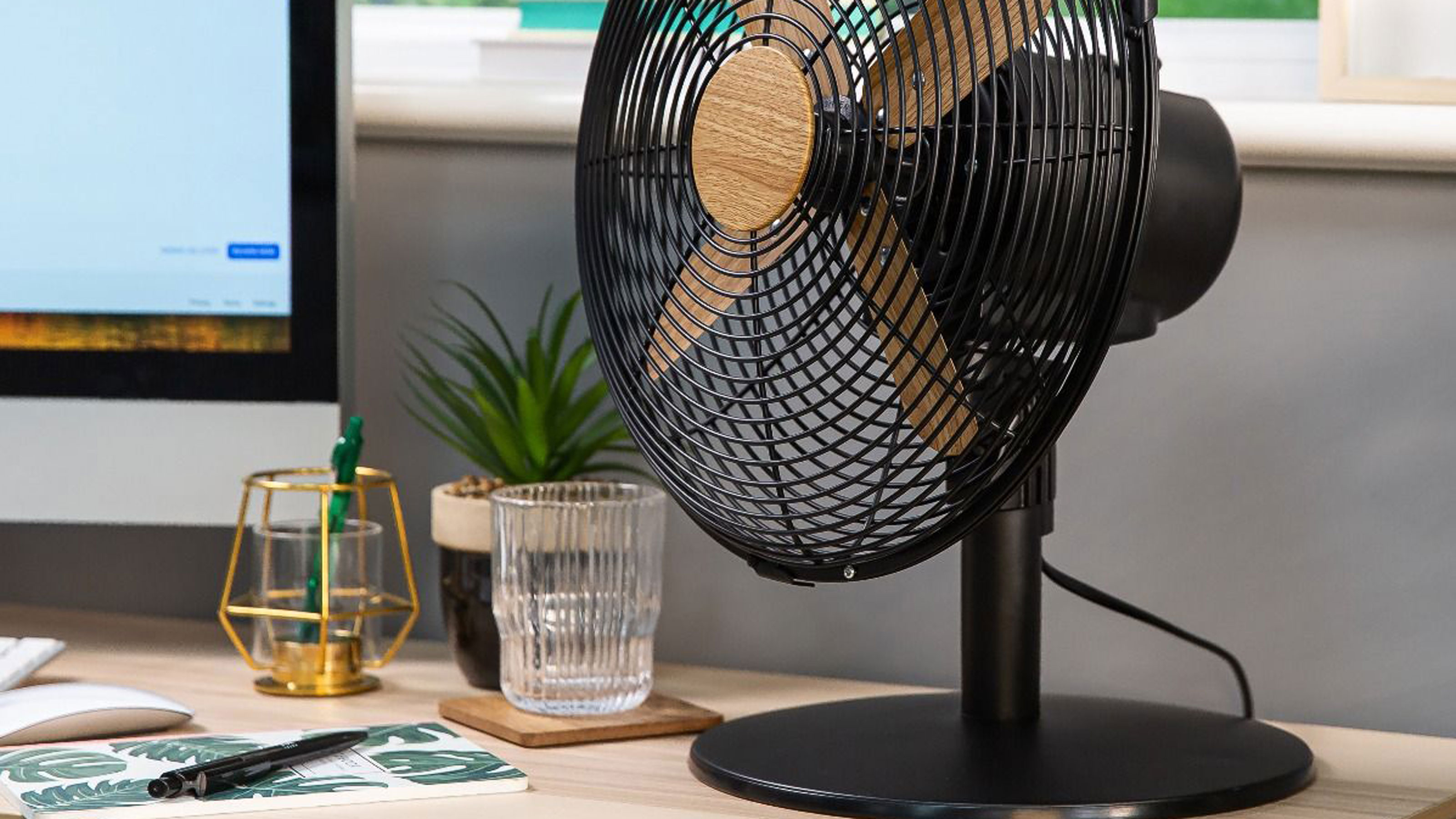

Fans have long been around as a tried and tested solution to help us stay cool during hotter periods. However, when deciding between an oscillating or still fan, which is the better option to help you effectively beat the heat?
Many of the best fans now come with oscillation as the standard, with the most modern iterations equipped with several oscillating angles to suit your cooling needs. But, if you've got a trusty, old still fan that you're not yet willing to retire, you might wonder whether it's still a sufficient option for keeping a bedroom cool.
We've asked experts to explain the differences between a still and oscillating fan, and which is the better investment for staying cool.
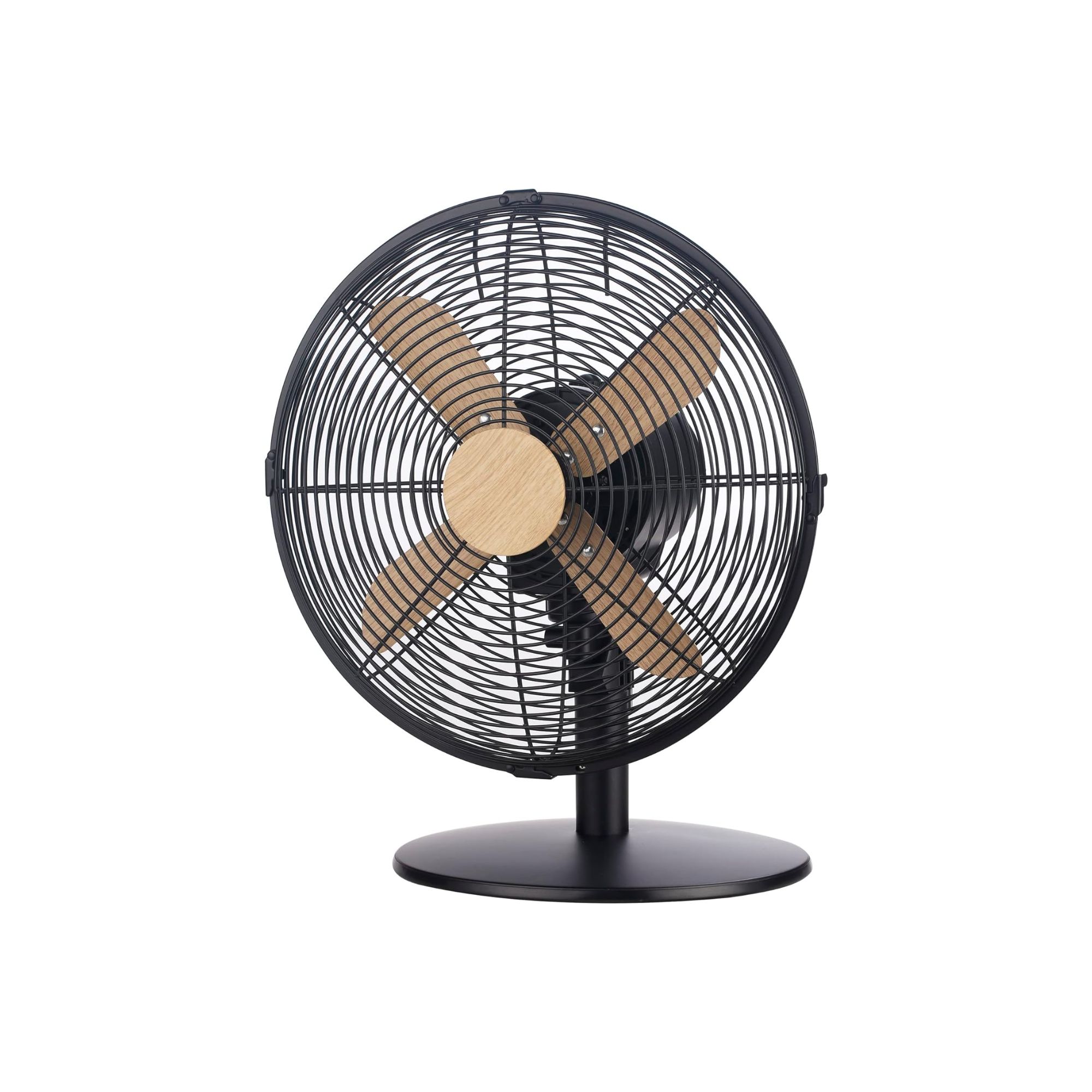
The Russell Hobbs 12" Scandi Desk Fan is a basic yet good-looking and relatively affordable way to stay cool while you WFH. Available in both black and white colourways with stylish wood accents, this oscillating desk fan will look good on any surface.
'A still fan has been around for much longer than an oscillating fan, which is a newer invention,' begins Georgette Beacham at BiGDUG. 'A still fan simply blows the air in the only direction that it’s facing, representing a much more basic design. An oscillating fan, which blows the air across a wider area as it pans, has more complex mechanisms, often with multiple options which usually includes a still feature.'
Now we understand the difference between the two, which is the better option out of the two if staying the coolest is your biggest concern?
Is it better to have a fan oscillating or still?
Starting the discussion, Andrew Carmichael, Dyson's environmental care engineer says, 'Keeping cool is all about maximising the amount of air you have over your skin. A fan with a high peak velocity and moves a large amount of air is bound to keep you the coolest.'
If this cool air is blowing over you constantly, the chances of staying cool for longer is far more likely. This is exactly where an oscillating fan excels in comparison to that of a still model.
Andrew explains that oscillating fans create a gentle breeze sensation throughout the room to keep you feeling comfortable, even after your body has already had the chance to cool down.
Unlike a portable air conditioner, fans cool the person as opposed to actively cooling the room itself (as we've explored in detail in our fan vs air conditioner explainer); therefore, the best way to mimic that consistent cooling sensation that an AC unit brings to a room is to invest in an oscillating fan that covers larger areas of space.
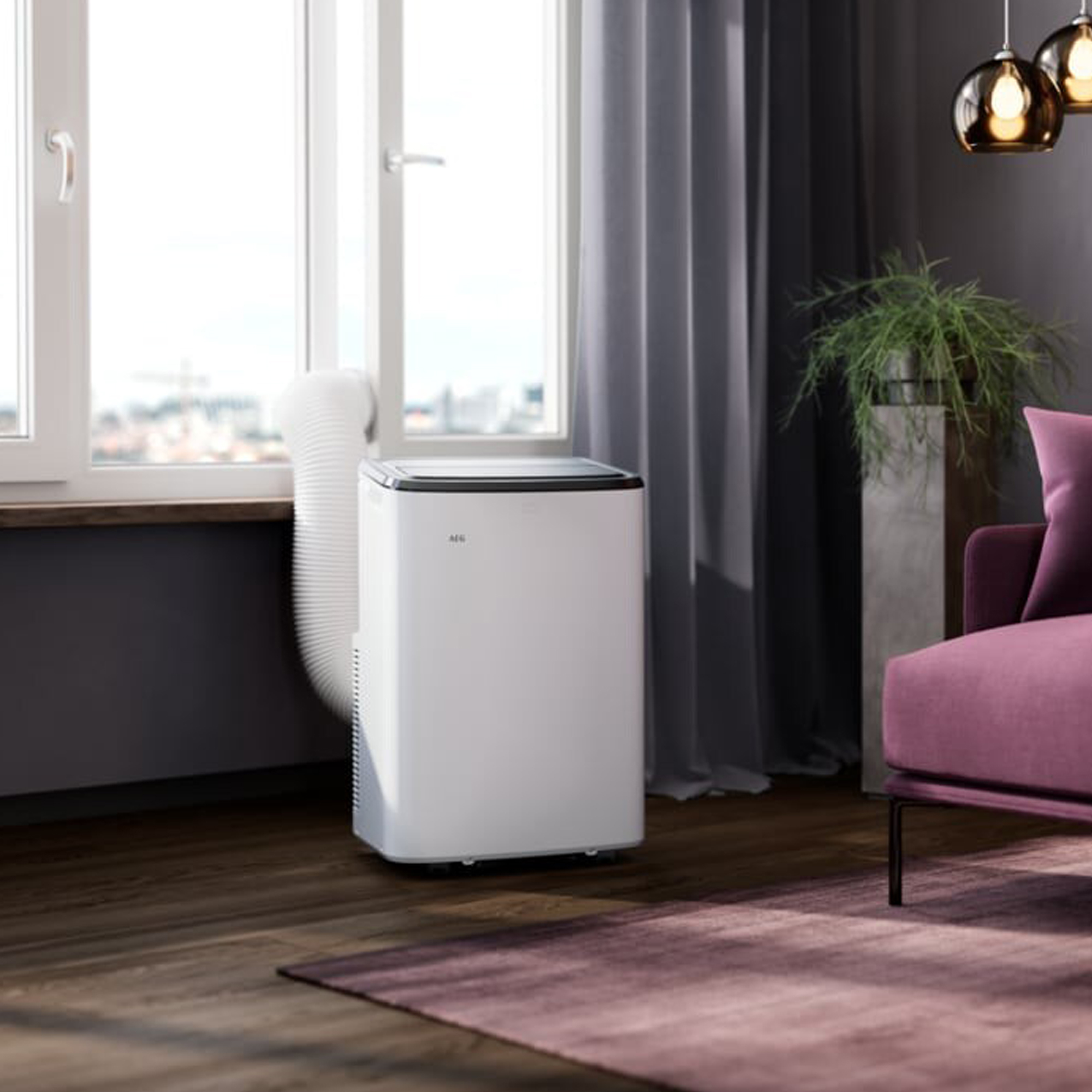
'An oscillating fan is the most effective way to distribute cool air throughout the whole room and increase air circulation, which in turn helps bring the overall temperature of the room down,' explains Jemma Pendlebury, product manager at Russell Hobbs.
On the other hand, using a still fan is best for targeting a specific area at an intense level. For example, if you're looking to cool down rooms serving appliance intensive functions, like a laundry room or cooling down a kitchen during particularly hot weather.
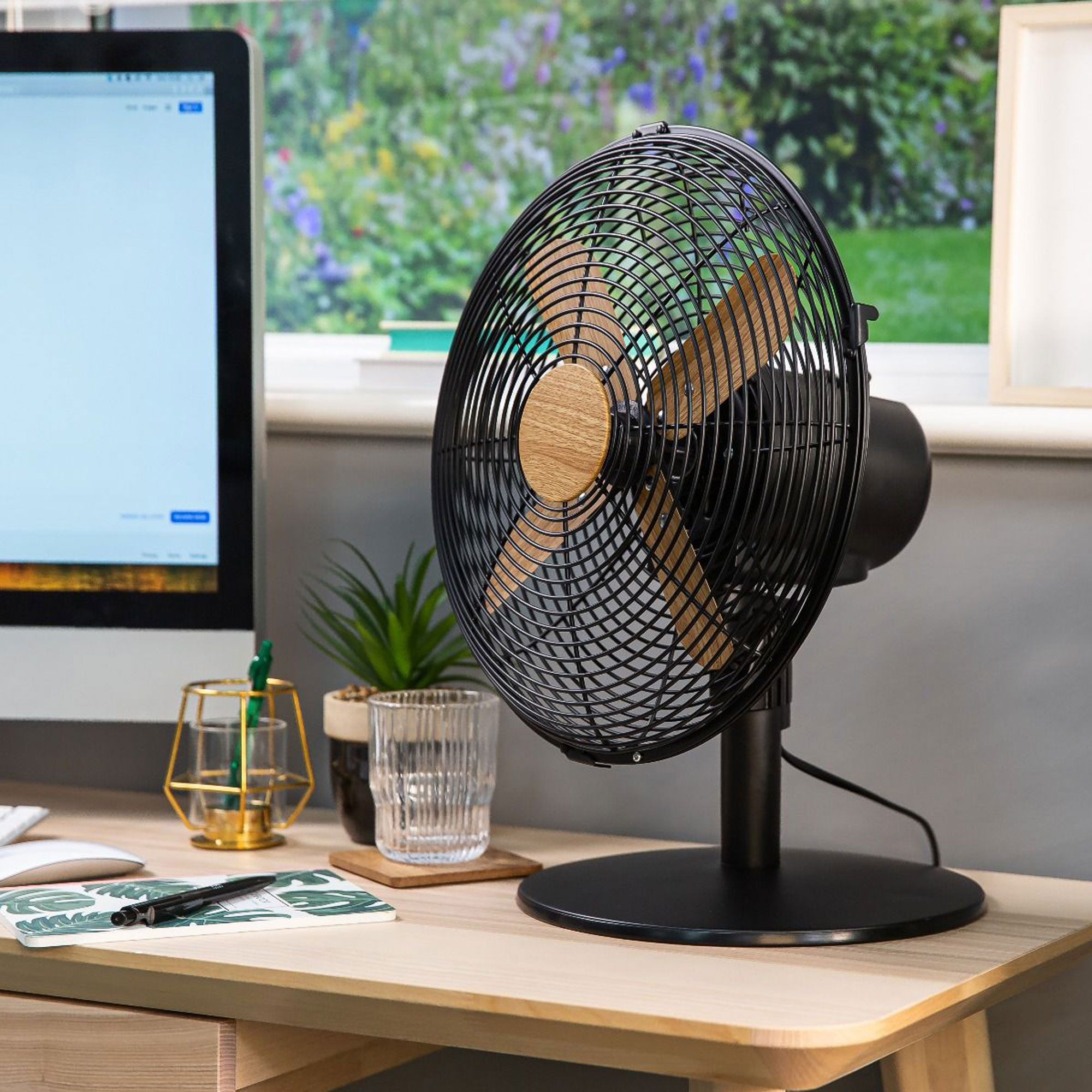
FAQs
Is it better to let the fan oscillate?
If you have a fan that offers oscillation, allowing it to do so will increase air circulation in a room, making all the difference during hot weather. However, if you're looking to simply target a specific area for cooling, then keeping it static is your best bet.
When temperatures rise, keeping the air moving around will help make the room feel more comfortable and fresher due to a gentle breeze.
So, if keeping cool is your primary concern, it's definitely better to have a fan oscillating rather than keeping it still. However, whichever fan mode you decide to go with will depend entirely on the specific purpose you need it to serve.
Get the Ideal Home Newsletter
Sign up to our newsletter for style and decor inspiration, house makeovers, project advice and more.

Jullia was Ideal Home’s Junior Writer from 2022-2024 and the Ideal Home Certified Expert in Training on Vacuums having spent over 60 hours testing different models. She’s always loved all things homes and interiors, graduating with a bachelor’s degree in Architectural Studies from the University of Nottingham where her love for writing blossomed following her internship at ArchDaily. Now focused on home tech and cleaning, Jullia works on writing features and explainers to help people make the most of their home appliance investments, putting the newest launches through their paces. When she isn’t writing, she loves exploring the city, coffee shop hopping, and losing hours to a cosy game or book.
-
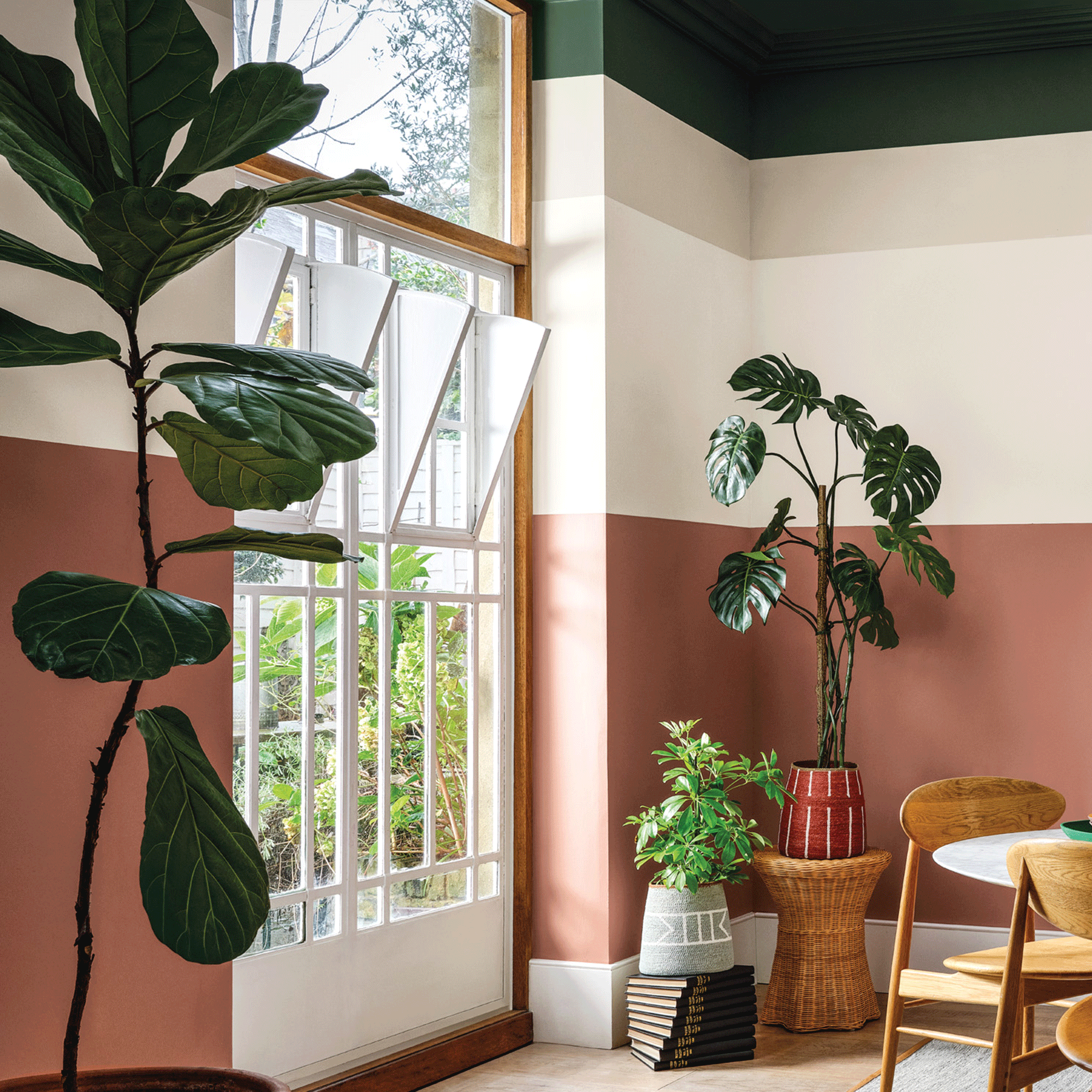 Crown Paint has launched new wall colours for the first time in three years, and changed how I think about neutral shades
Crown Paint has launched new wall colours for the first time in three years, and changed how I think about neutral shadesIs terracotta the ultimate neutral?
By Rebecca Knight
-
 How to protect seedlings from birds – experts say there's a kind and clever way to stop them pecking
How to protect seedlings from birds – experts say there's a kind and clever way to stop them peckingYes, you can protect seedlings from birds without harming your feathered friends...
By Kayleigh Dray
-
 We tried the viral napkin bunny ears hack – it only takes five minutes and will take your Easter table to the next level
We tried the viral napkin bunny ears hack – it only takes five minutes and will take your Easter table to the next levelThis Easter craft is not only beautiful, but really easy to do
By Kezia Reynolds
